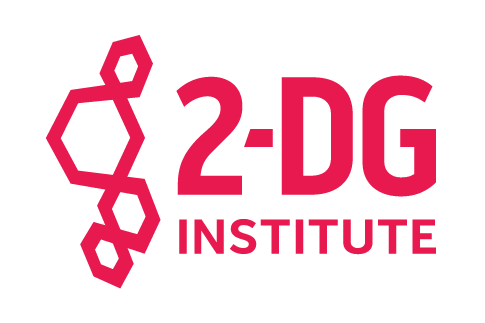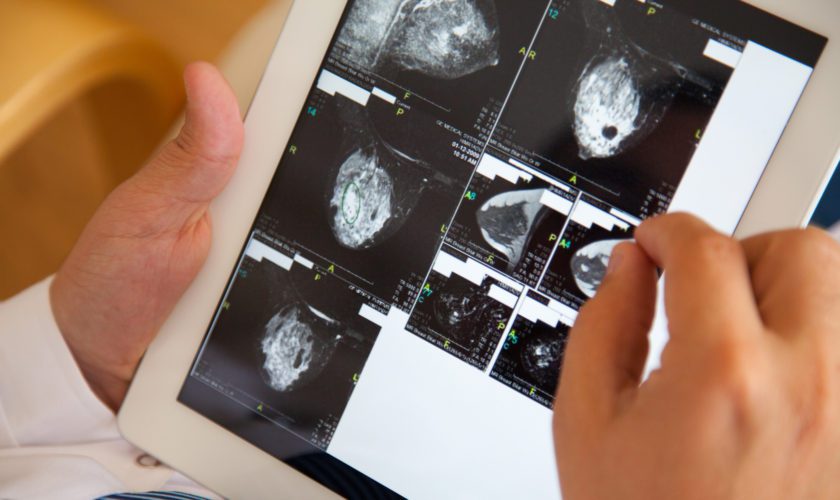In a recent publication titled 2-Deoxy-D-Glucose Inhibits Aggressive Triple-negative Breast Cancer Cells By Targeting Glycolysis And The Cancer Stem Cell Phenotype – a research group in Ireland, headed by Dr. Lorraine Driscoll, showed that triple-negative breast cancer (TNBC) cells which are particularly resistant to conventional treatment in patients are sensitive to 2-DG. The study compares a particularly aggressive strain of TNBC to its less aggressive parental type. It shows that the more aggressive strain has in vitro characteristics (migration, invasion, and resistance to anoikis – a form of programmed cell death) of being metastatic. Results indicate that all three of these metastatic traits can be inhibited by 2-DG based on differences in the metabolism of these two TNBC lines.
However, the doses of 2-DG used in these experiments are 7.5 to 15 times greater than what we have previously shown can be achieved in patients when taking 2-DG orally once per day. Moreover, if used in patients, the doses in this study are at concentration levels where liver adsorption, as well as insulin induction, would redirect 2-DG into liver, fat and muscle cells and away from tumor sites.
This further supports the use of metronomic 2-DG (i.e., delivered via a slow-release pump) as a viable means of delivering 2-DG at low enough doses that will not induce liver adsorption and/or induction of an insulin response. Based on the millions of PET scans conducted to date, it is known that low dose 2-DG does preferentially accumulate in tumor versus normal cells. These results are now explained by more recent findings demonstrating that the very genes that are driving cancer (oncogenes) are found to also be responsible for increased glucose uptake and metabolism, justifying labeling 2-DG as a universal treatment for cancer. Thus, continuous slow-infusion of 2-DG will effectively accumulate in tumor cells and eventually reach a concentration that will be preferentially toxic to cancer versus normal cells.
We are currently exploring opportunities with the US Food & Drug Administration to make our metronomic 2-DG treatment protocol available to Stage 3 and 4 cancer patients under the FDA’s “Compassionate Use” designation. Watch this space for further updates.
Our academic research relies largely on philanthropy to keep moving forward. Please consider donating to our cause. Our goal is to raise $300,000/year to provide the necessary research to bring our 2-DG treatment protocol through the relevant clinical trials in order to make it available to patients worldwide. We would appreciate your help by donating using the link above.


